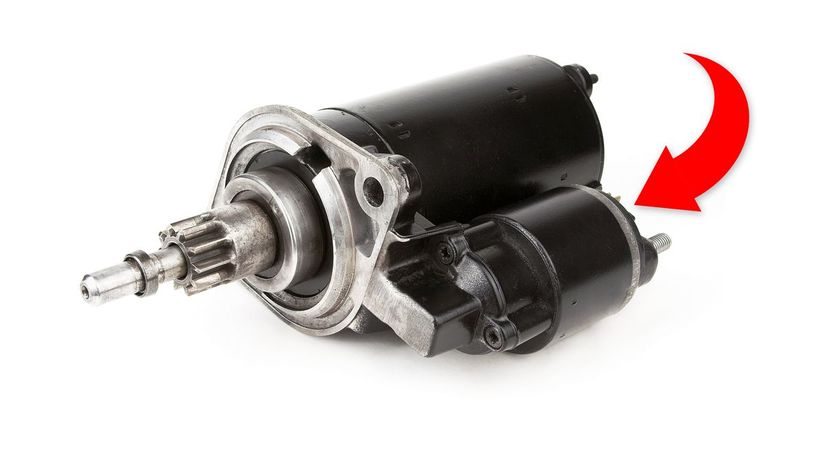
About This Quiz
What do you call four bicycle tires strapped to seat, a tiller, a frame, and an ethanol-burning two-cylinder engine? If you're Henry Ford and it's the late 1800s, you call it a quadricycle. That was the first car Ford ever made, and it was mostly spare parts from the sound of things. Fast forward to today, and it takes 30,000 separate parts to make a car, according to Toyota's website. That's everything from the hood, the side panels and the engine block down to each individual screw that might be holding down some door panels inside or in the hinge of the visor. 30,000!  How many of them do you think you could name if you were pressed?
Everyone knows a tire when they see one, or a steering wheel, but do you know what a starter solenoid looks like? What about a heat shield? Or a flywheel in a manual car's clutch assembly? Some car parts are super obvious, and some are less obvious. If you know you have the skills to make the grade, show us your stuff by picking out some connecting rods and gudgeon pins. If you can manage this entire list, you just might be an automotive expert.Â
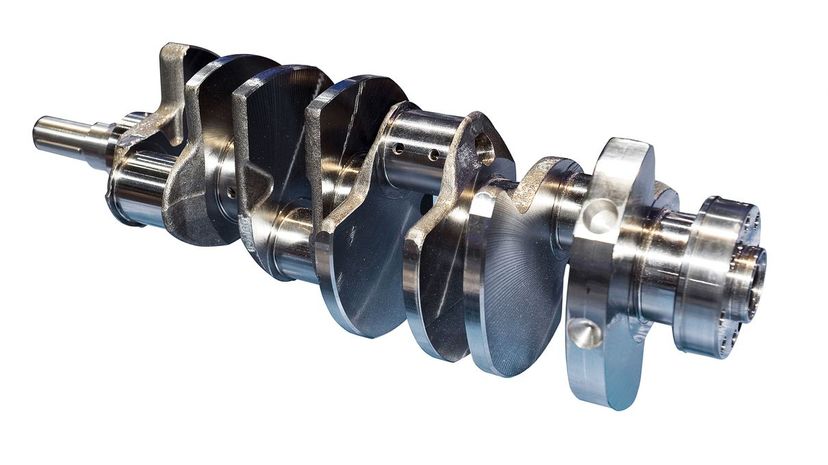
The crankshaft spins as the pistons pump up and down, creating the rotational force that's necessary to turn the axle and spin the wheels in your car and thus creating motion. It's a pretty important part of the engine.
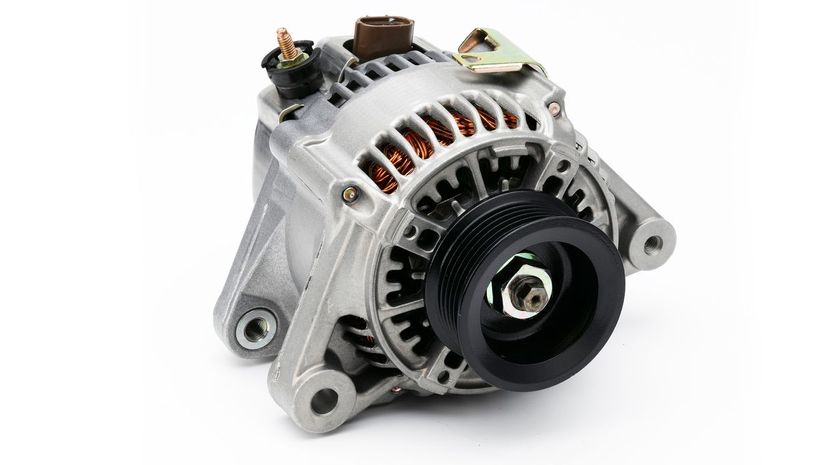
Your alternator is the part that keeps your battery from dying as you drive by constantly charging it. You can drive a car without an alternator; you just can't drive it for anywhere near as long as you can with one installed.

The catalytic converter's job is to catalyze a reaction that combines oxygen with unburned hydrocarbons in your exhaust to create carbon dioxide and water. Yes, carbon dioxide is bad, but it's not as dangerous as the carbon monoxide and hydrocarbons that would be expelled otherwise.
Advertisement
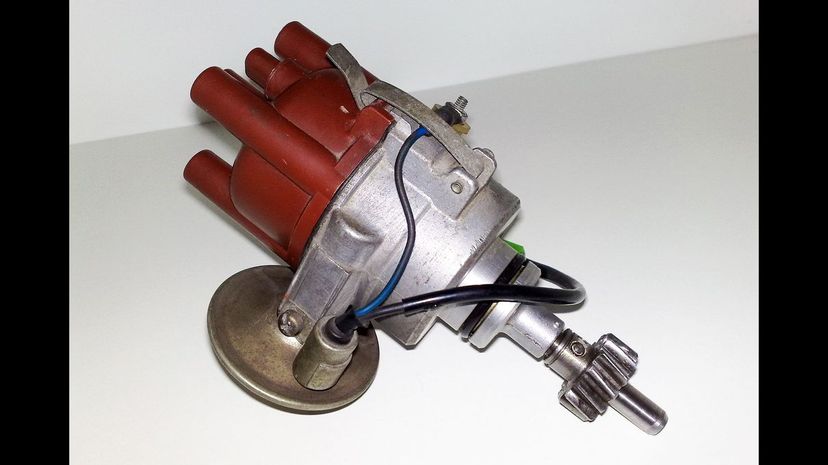
The distributor in a car is a rotating shaft, like the crankshaft, just with a very different function. It's one of those precision parts that has to route voltage to the spark plugs in the correct firing order.
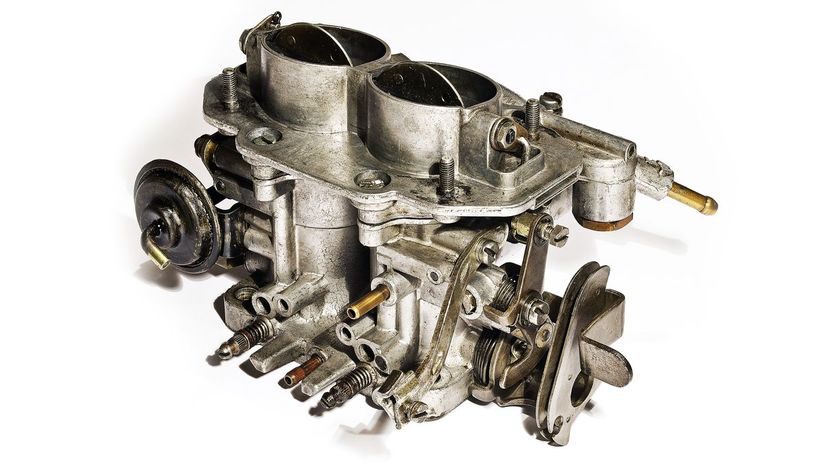
Carburetors are generally only found in more classic cars these days, thanks to the prevalence of fuel-injection systems. Their purpose was to mix air and fuel in the proper ratio to allow for combustion in your engine.

Calipers are the part of the brake assembly that holds the brake pads and pistons. Fixed calipers, as the name implies, don't move. Floating calipers, on the other hand, do move along with the brakes in motion.
Advertisement
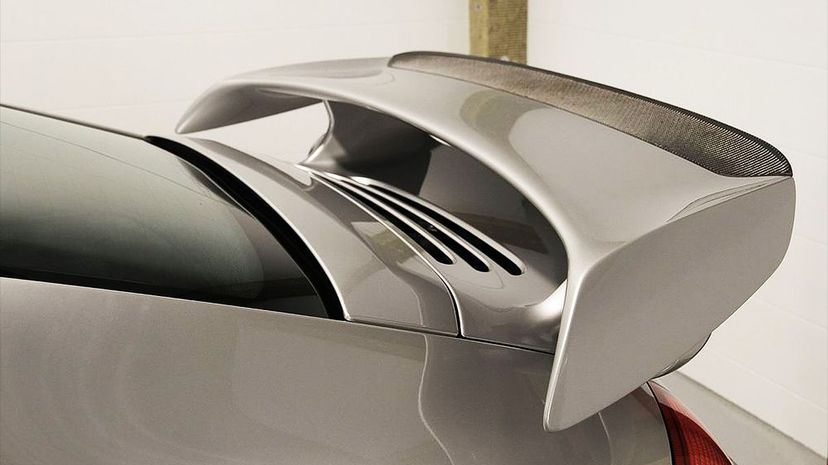
While most cars don't need a spoiler and they're just there for aesthetics, the point of the wing-style spoilers is to work like an airplane wing in reverse, creating a down force that keeps the car on the road without adding weight. Smaller spoilers, as opposed to wings, are supposed to make the car more aerodynamic, but some of them actually do the opposite.
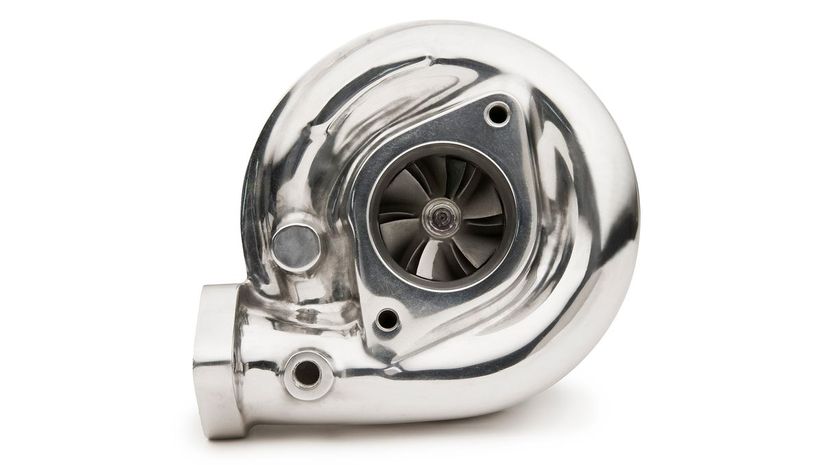
A turbocharger is generally just called turbo, and the point is to force more air into the engine. A typical engine has to rely on either ram air intake or normal aspiration provided by atmospheric pressure. The turbo amps up the air intake to increase combustion and in turn improve performance.
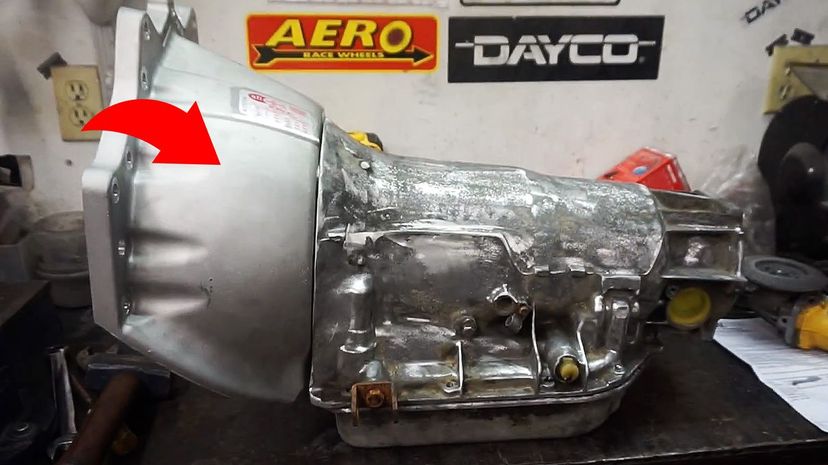
The bell housing gets its name because it has a bell shape. It's a metal covering that's bolted to the engine, and it protects the flywheel and other parts of the clutch assembly in the transmission so they don't get wet, dirty, greasy and whatever else.
Advertisement
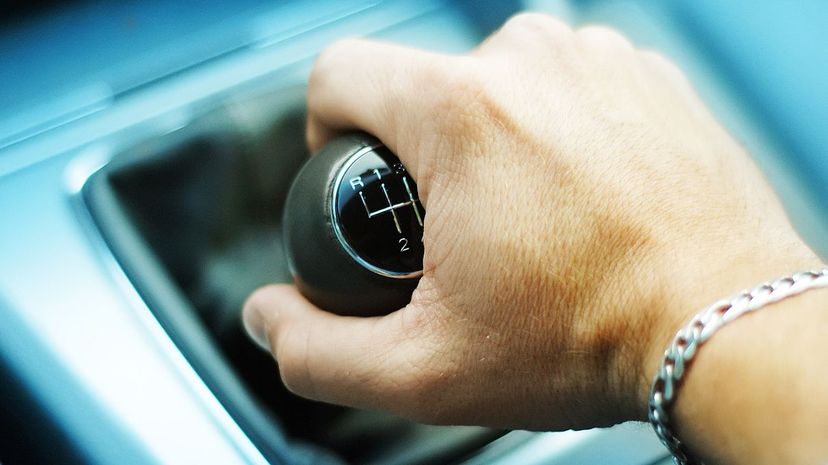
Some people call it a shifter or a gear shift, but the gear stick is the lever in the car that you use to shift through gears in a manual transmission car. It should have a little map on top of it in the form of a diagram that shows where and how to shift to the gear you want.
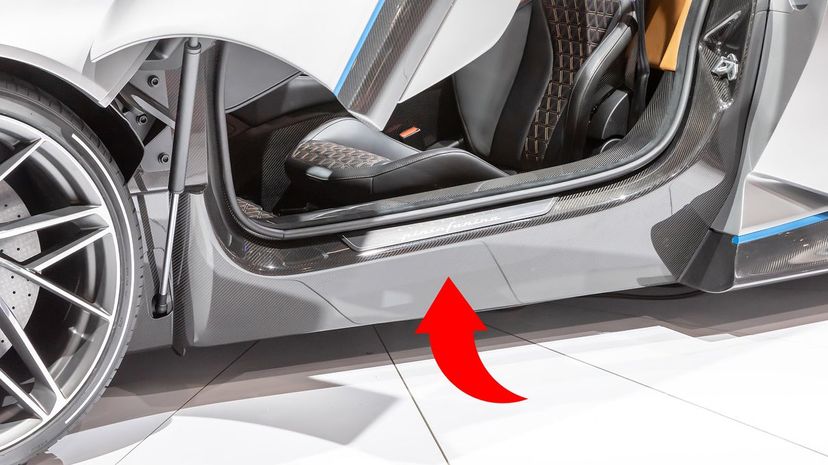
The rocker panel on your car runs front to back along the side below the doors. They're trim panels and are usually overlooked since they're small and don't tend to do anything other than complete the look of your car.
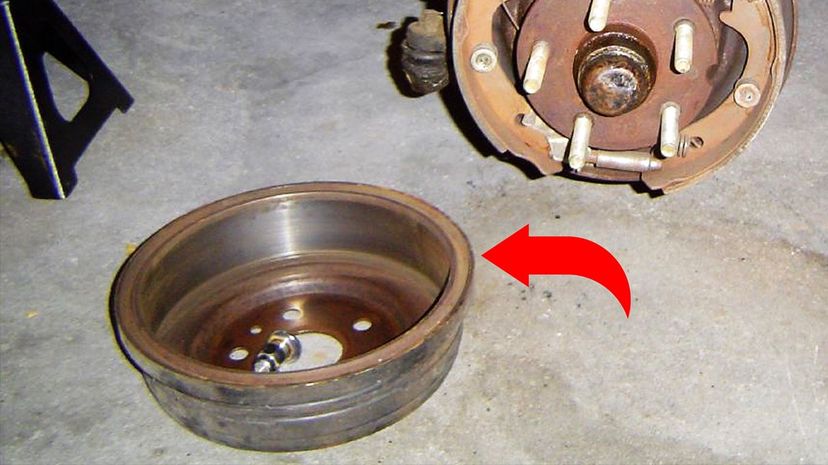
The brake drum is the cylinder that presses against the shoe when the brake is depressed to create friction that in turn slows the motion of the wheels. That's what stops the car, and though they're typically iron, they will break down eventually.
Advertisement

A starter solenoid transmits a current from your battery to your starter. Without this is in place, your car isn't going to start at all, so it's a small but important part of the whole chain of operations.
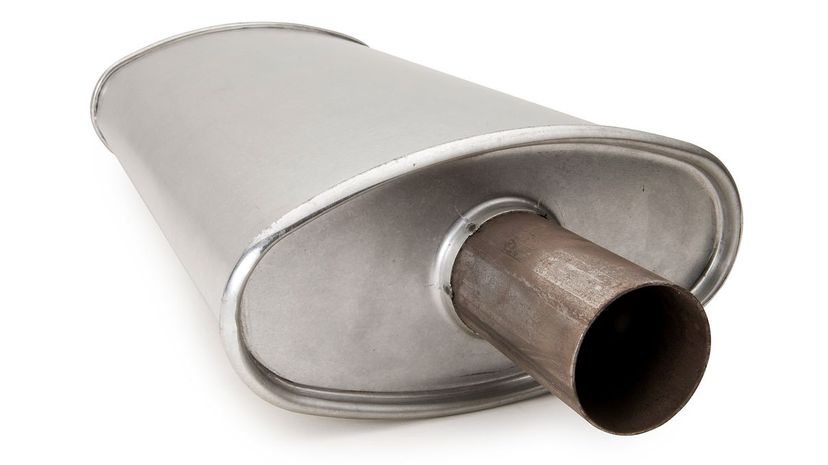
A car's muffler has one purpose, and that is to muffle noise (hence the clever name). It's usually easy to spot a car with a busted muffler because it will be preposterously loud as it goes down the street.

The flywheel is between the transmission and engine of a manual-transmission engine, and its automatic counterpart is the flex plate. It stores energy from the crankshaft to ensure the motion stays smooth and consistent.
Advertisement
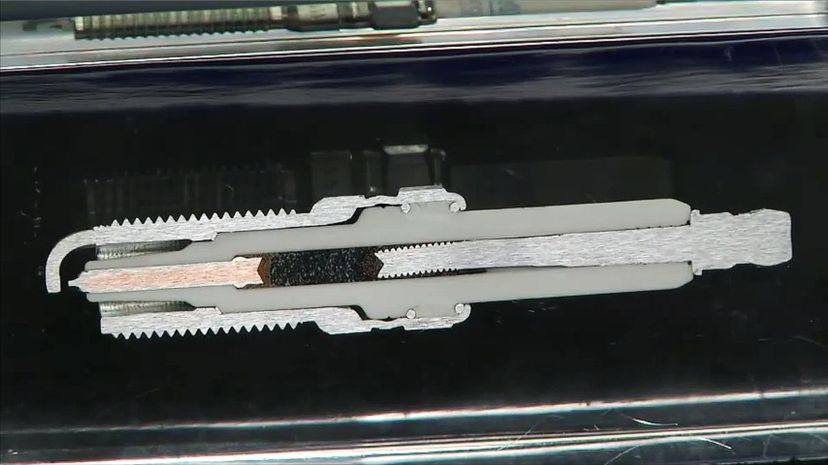
Some metals conduct electricity while resisting corrosion better than others which is part of the reason they're so valuable in the first place. That, in turn, is why spark plugs are often made from metal like platinum and palladium.
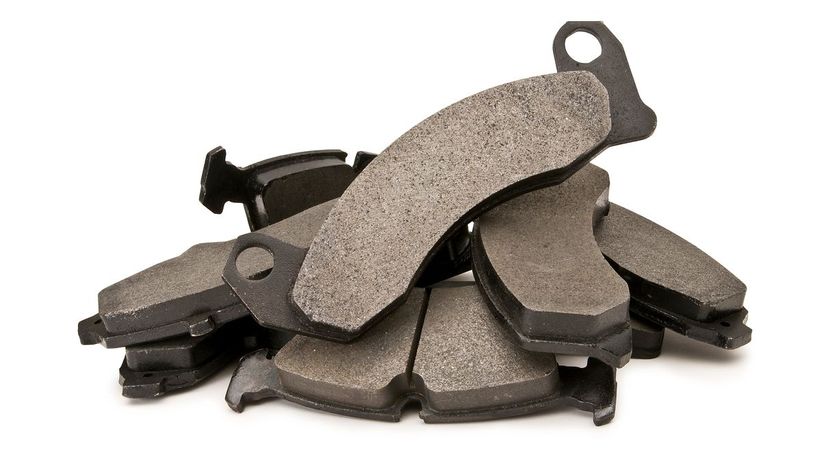
It's a good idea to give your brake pads a look every 5,000 miles or so to make sure they're looking good, but after 50,000 miles of use, they probably need to be repalced to ensure a smooth and safe ride.
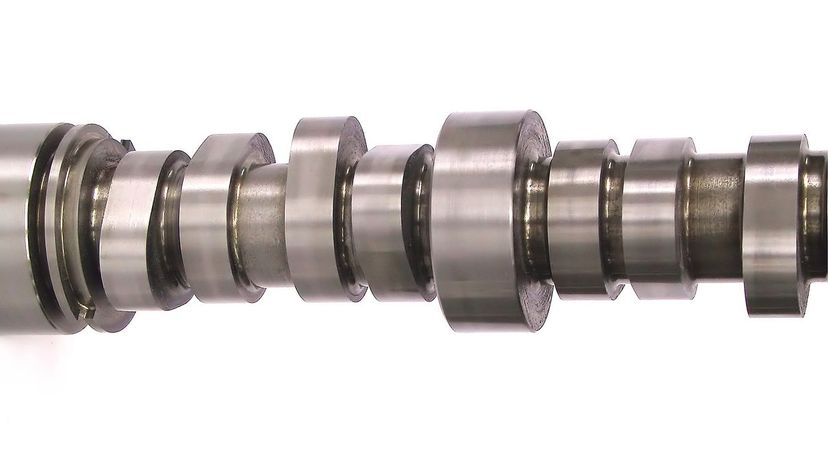
The camshaft in an engine is a cylindrical rod that operates the poppet valves. It's part of the crucial timing system that allows pistons to rise and fall and fuel and air to be ignited in the exact right sequence for optimal performance.
Advertisement
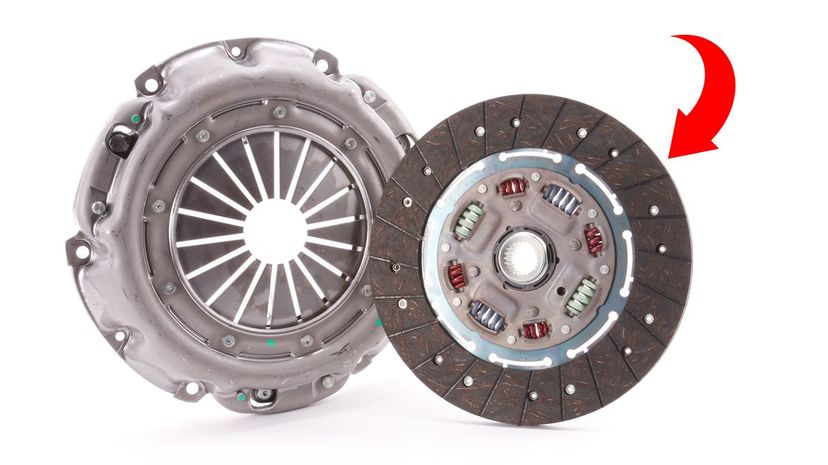
A major part of any car's clutch assembly, the clutch disc is between the flywheel and the pressure plate. Often, these are made of steel, but more exotic materials that can stand up to punishment like Kevlar are used sometimes as well.
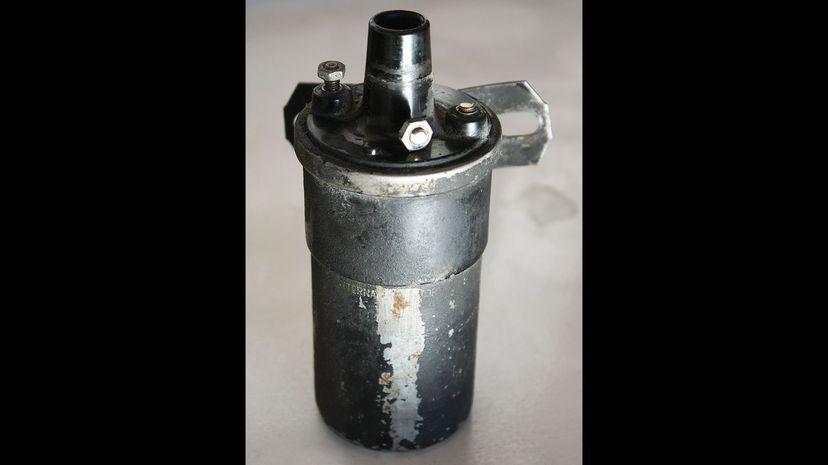
A car battery is 12.6 volts or so, which is not very high at all. The ignition coil, however, converts that 12.6 volts into several thousand volts that are needed to create that spark in the spark plug to ignite the fuel mixture.
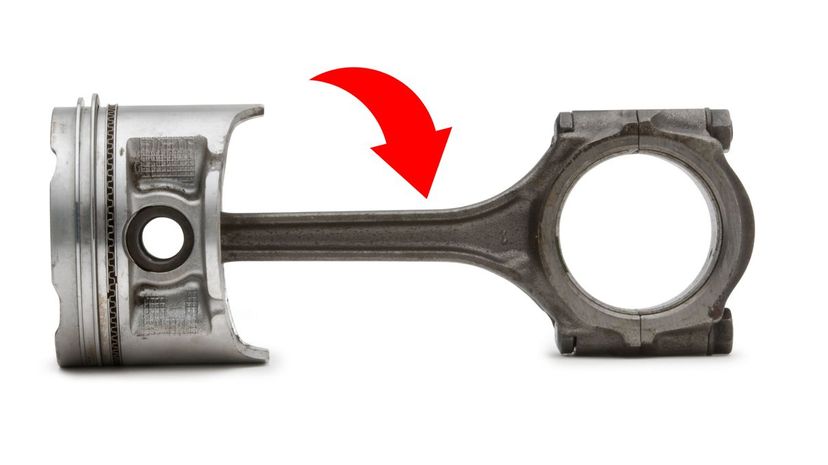
It doesn't have the most clever name in the world, or maybe it does since it's so simple, but a connecting rod connects the pistons to the crankshaft. It's the motion of the connecting rod that helps convert the reciprocating motion to rotational motion.
Advertisement

The differential is part of the car's axle that allows the split of torque between wheels. That means when you're taking a turn, the differential ensures that the inside wheel is rotating at, say, 15 RPMs less, the outside wheel compensates by increasing the RPMs by 15, for example.
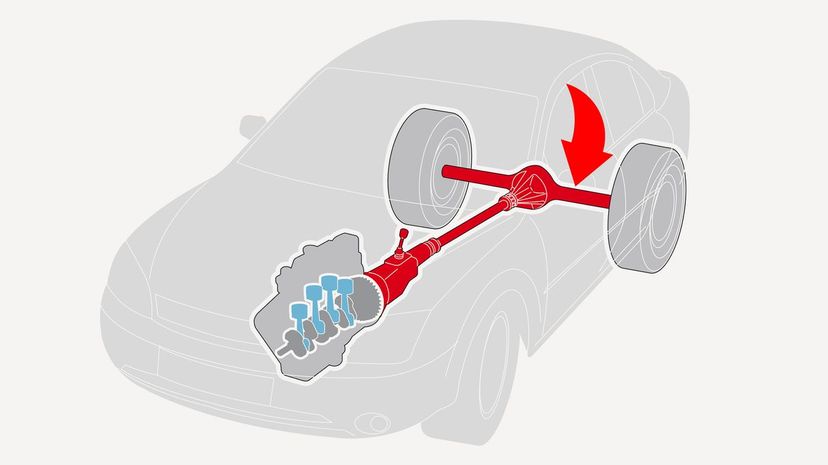
They're not the most technical part of the car but one of the most essential. Axles are the roads through which the rotational energy from the engine is applied to the wheels and actually allows the car to move.

Your fuel has to be stored in something, and that's where your fuel tank comes in. Fuel tanks are generally made of steel or aluminum in older cars, and in newer models, you'll find more HDPE or high-density polyethylene, which can be molded into any shape imaginable to fit wherever there's room. Shown here is a cutaway of a high-density polyethylene automobile fuel tank with a submersible pump, level sensor and other components.
Advertisement
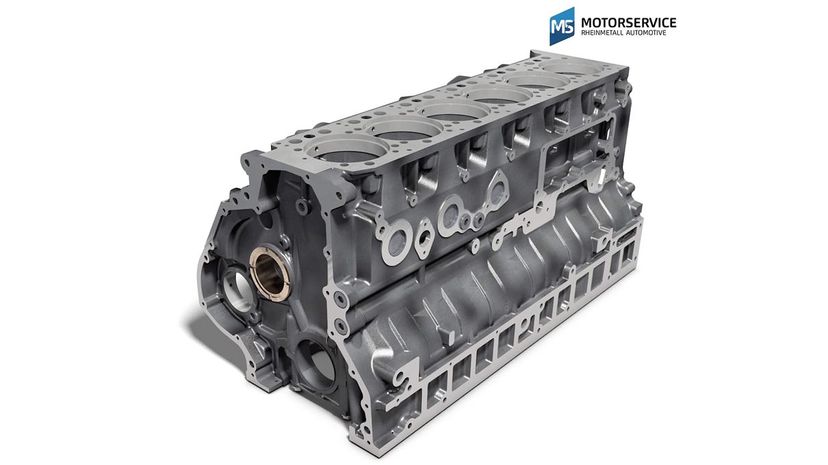
What's a crankcase? It's the house for the crankshaft that keeps it protected from mechanical interference and also the elements and grease. Older cars had them separate from the engine, but in modern ones, they're integrated parts.
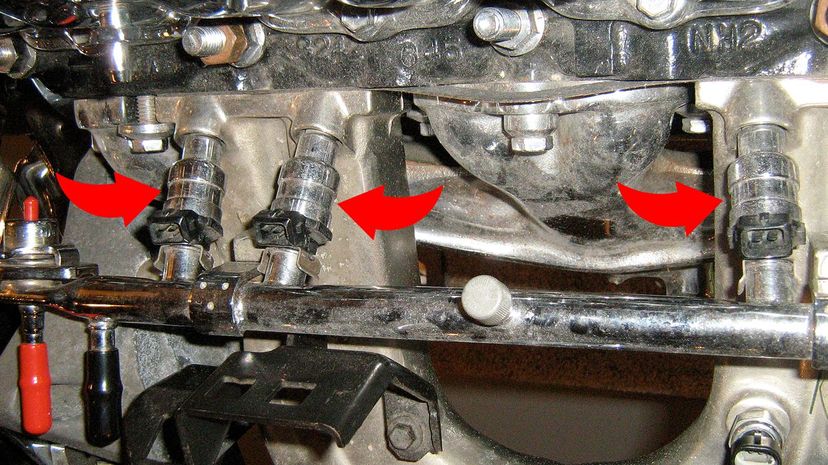
Fuel injection is the process of mixing fuel and air together in the engine to allow for combustion. A fuel-injection system allows for precise mixtures and therefore much more efficient engines than older methods.
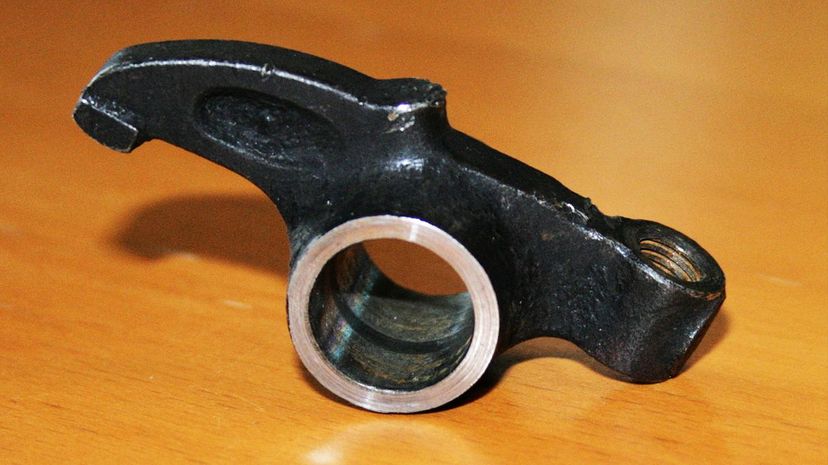
The rocker arm in your engine changes the spinning motion in the camshaft into up and down movement that opens and closes the poppet valves. Rocker arms are made of steel, which gives them the strength to apply a good amount of leverage.
Advertisement
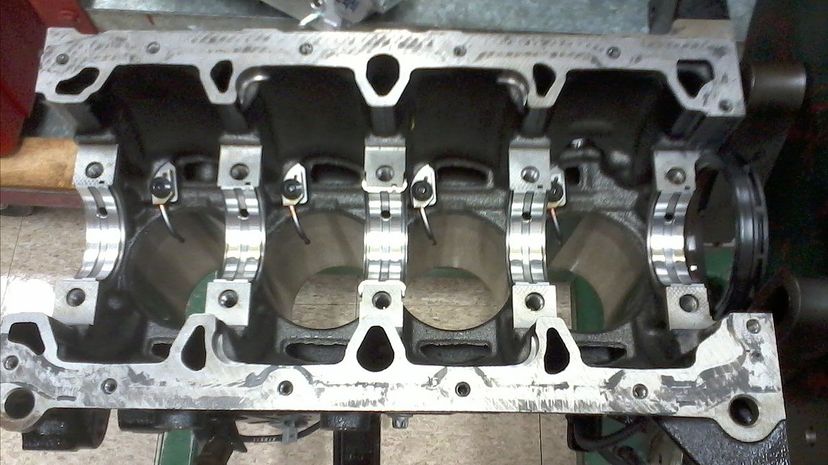
The engine block is that big metal block with the piston cylinders in it that everyone recognizes as the heart of an engine, whether they know anything else about engines or not. The crank case is a separate compartment that will be attached to it.
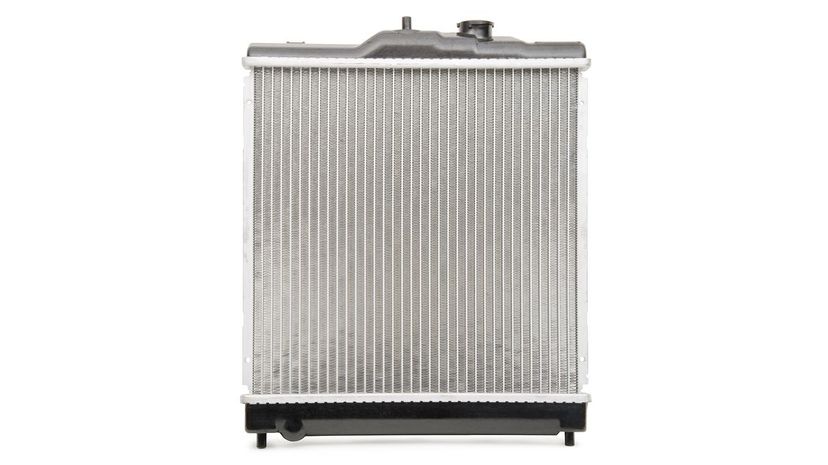
A radiator is a pretty simple heat exchange that absorbs heat from the engine thanks to a circulating fluid (in this case, coolant). Older engines just used water, but of course, that had a bad habit of evaporating pretty quickly.
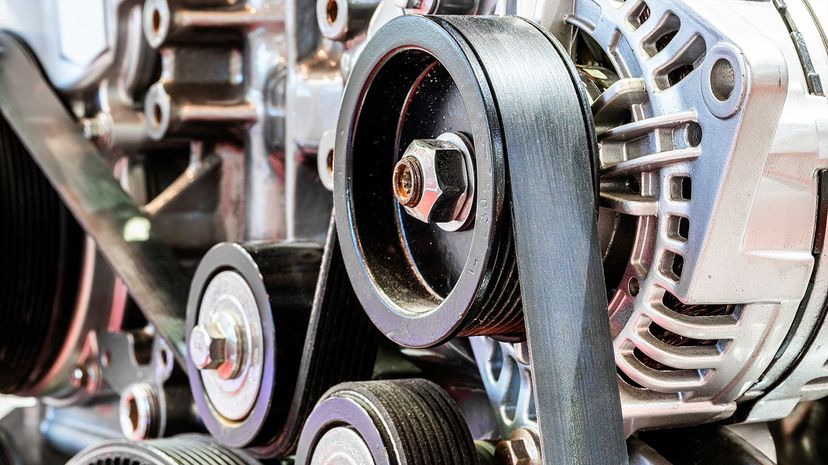
Also known by the much cooler named of serpentine belt, the drive belt works on a pulley to provide power to the air conditioner, the alternator, the power steering and sometimes other parts of the engine as well.
Advertisement
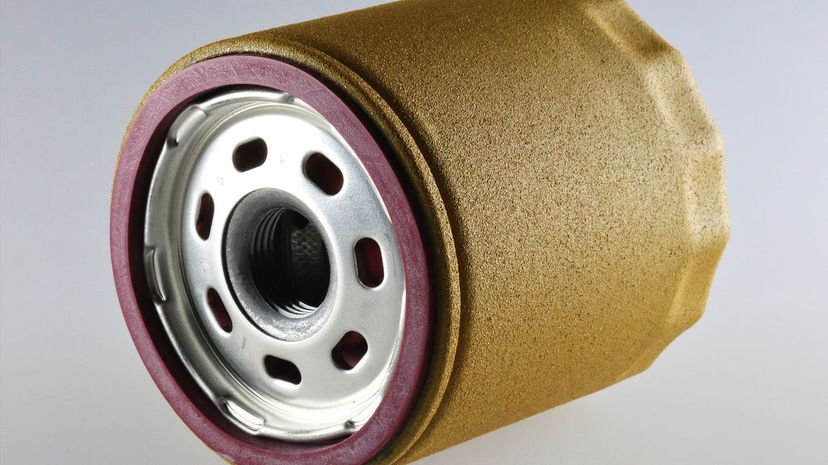
How do you filter unwanted grit and sludge out of your oil? With an oil filter. You should probably replace that filter every 3,000 miles or so, but your owner's manual will have the most accurate recommendation.
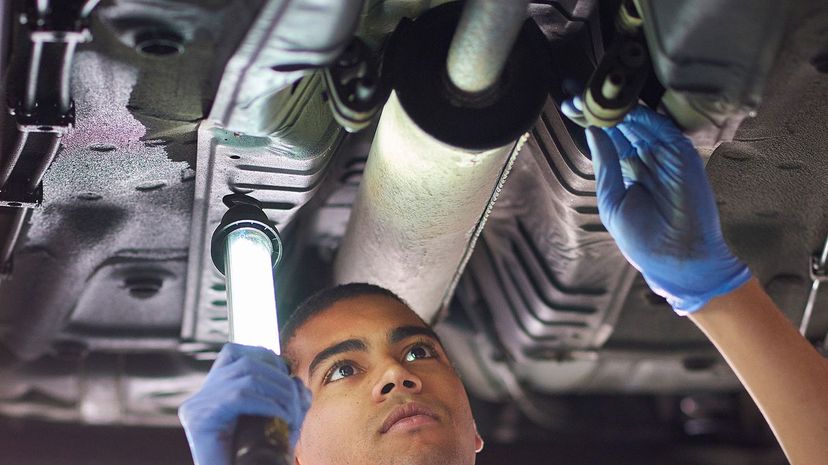
There's nothing fancy about the heat shield in your car; it's just metal panels around the exhaust system that protect the rest of your car from that heat as it dissipates. Without them, you'd risk a lot of damage to parts that aren't meant to be hot.
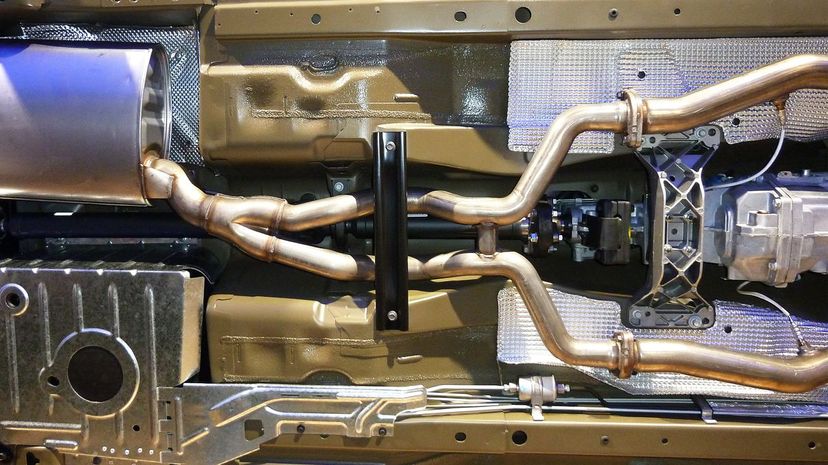
The pipes in the exhaust system of a car are used to take the gases produced after fuel has been burnt and filter them away from the engine, typically out of the back of the vehicle. A malfunctioning exhaust pipe can be fatal, so make sure they work.
Advertisement
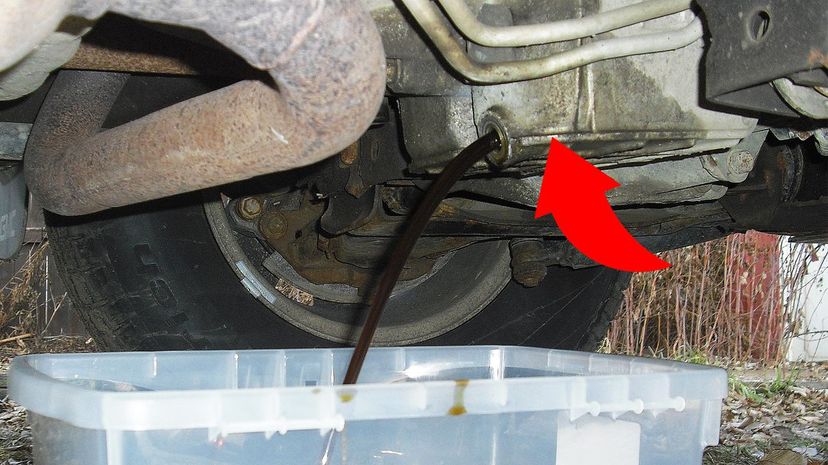
The oil pan in an engine is bolted below the engine and holds anywhere from 6 to 8 quarts usually. The oil held here is integral to proper engine function as it both lubricates and cools parts as it circulates through the engine.
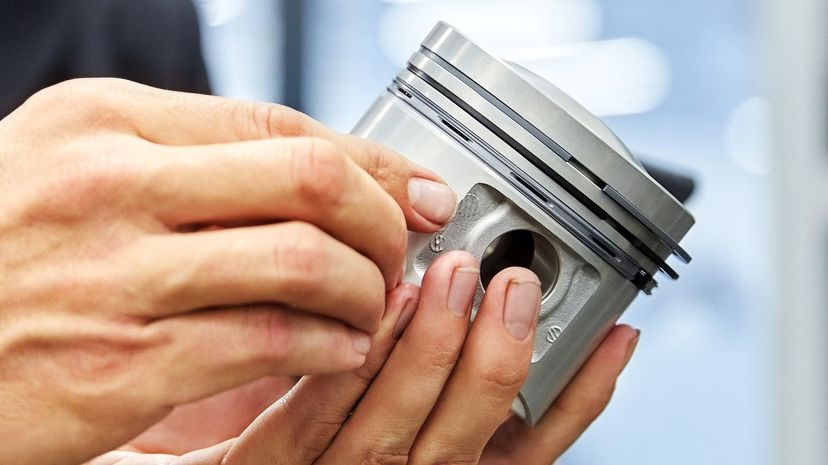
No combustion engine is working without pistons in the cylinders. When the fuel gets ignited, the resulting explosion moves the piston down the cylinder, creating energy that turns the crankshaft and makes the engine work. This provides motion for the automobile. It's all very precise.
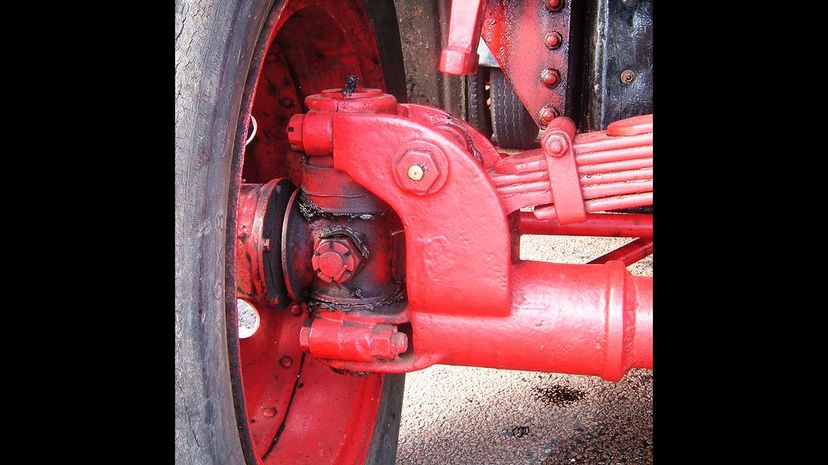
It's not just a Marvel Comics villain! The kingpin was the pivot that allowed for turning and steering on an axle. It's very old-school technology and had its origins in wagons. It's not seen often in modern vehicles, but some trucks still use this kind of suspension.
Advertisement
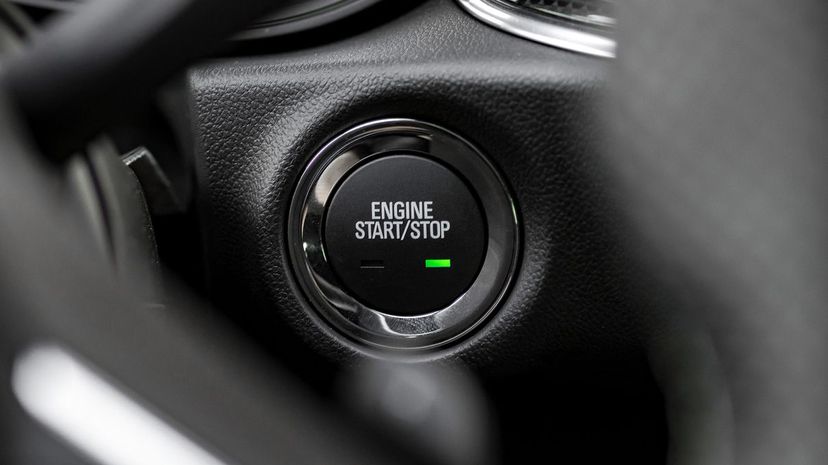
Nothing electrical in a car is going to work without a battery to power it, and that includes the spark needed to ignite the air and fuel mixture that actually makes the car go. The main purpose of the battery is to get the starter going, though.
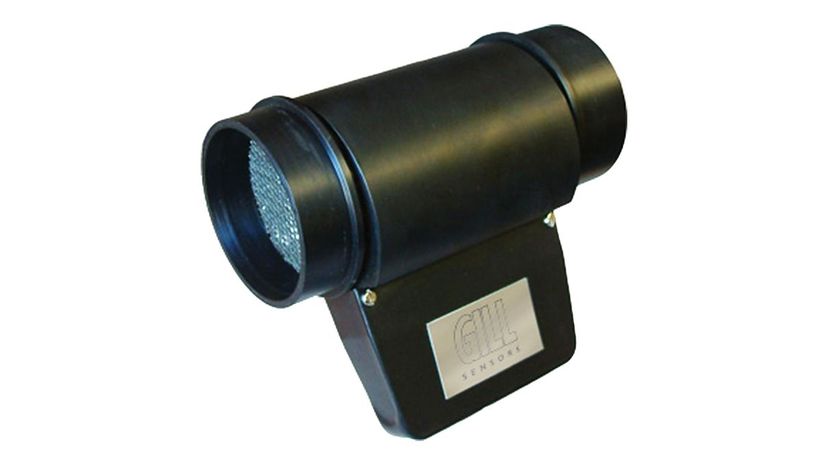
The mass airflow sensor is a key sensor for a fuel injection engine as it determines the amount of air flowing in that will then be mixed with the fuel to allow for proper combustion. The mix of air and fuel needs to be monitored constantly.
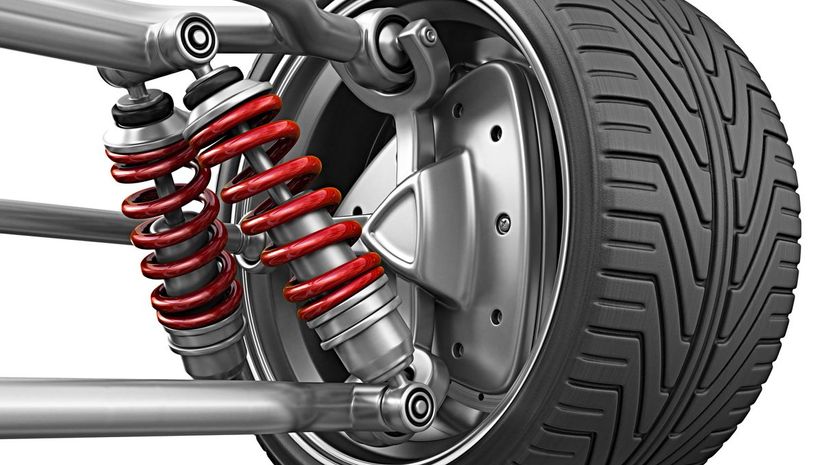
Not everyone is aware of the physics behind a shock absorber, but they take all that bumping and rattling and motion (the kinetic energy of your car moving) and absorb it as the name suggests, but they're changing it into heat. That heat is then dissipated; it's usually in oil, but in some fancy shocks, there will be things like nitrogen to help the job.
Advertisement
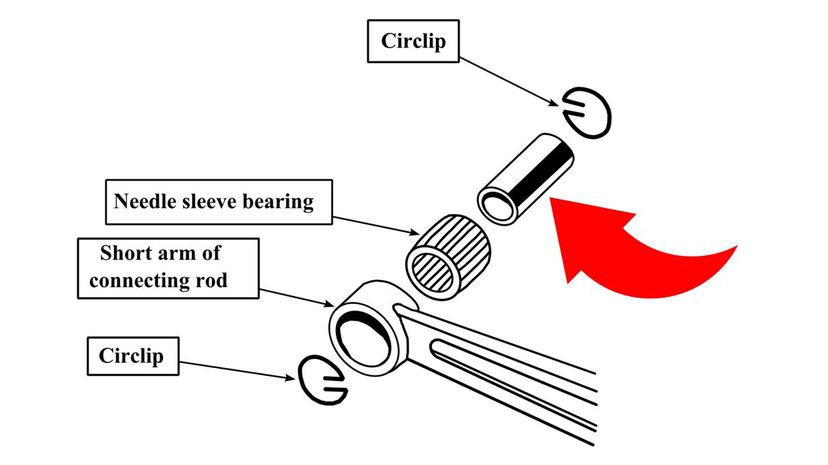
They called it a gudgeon pin in the U.K., but most Americans call it a wrist pin. This is what connects a piston to a connecting rod because they can't just hold hands. The connecting rod can pivot on the gudgeon pin as the piston moves.